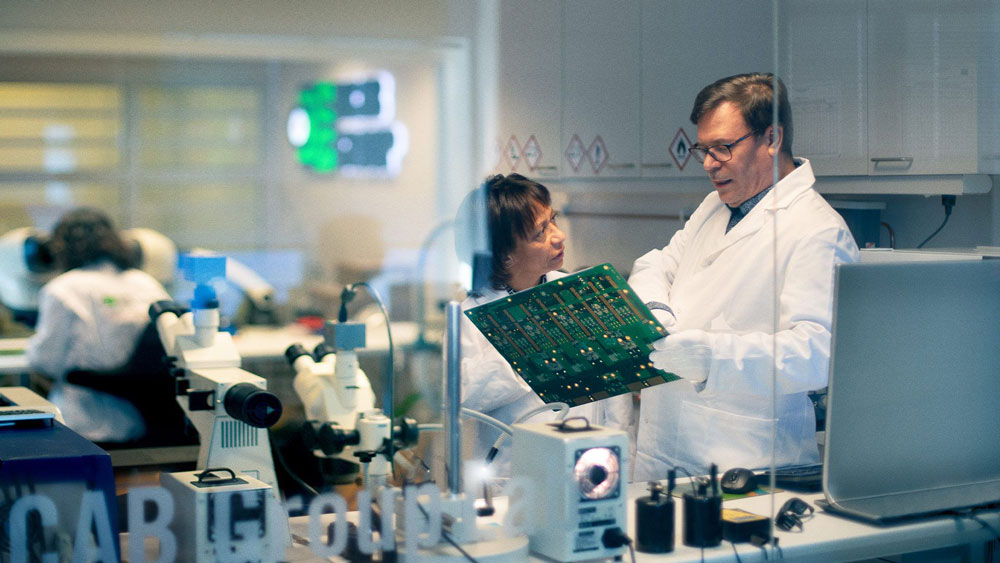NCAB believes that the company has the following strengths and competitive advantages, which enable NCAB to realize its strategy and achieve its long-term goals.
- Strong position in a market with stable growth and fundamental trends benefiting PCB suppliers
- Unique proposition to customers and manufacturers
- Long track record of profitable growth with resilience to macroeconomic shifts
- Asset light business model with strong cash flows
- Experienced management team with many years of experience of managing a company with growth and good profitability


